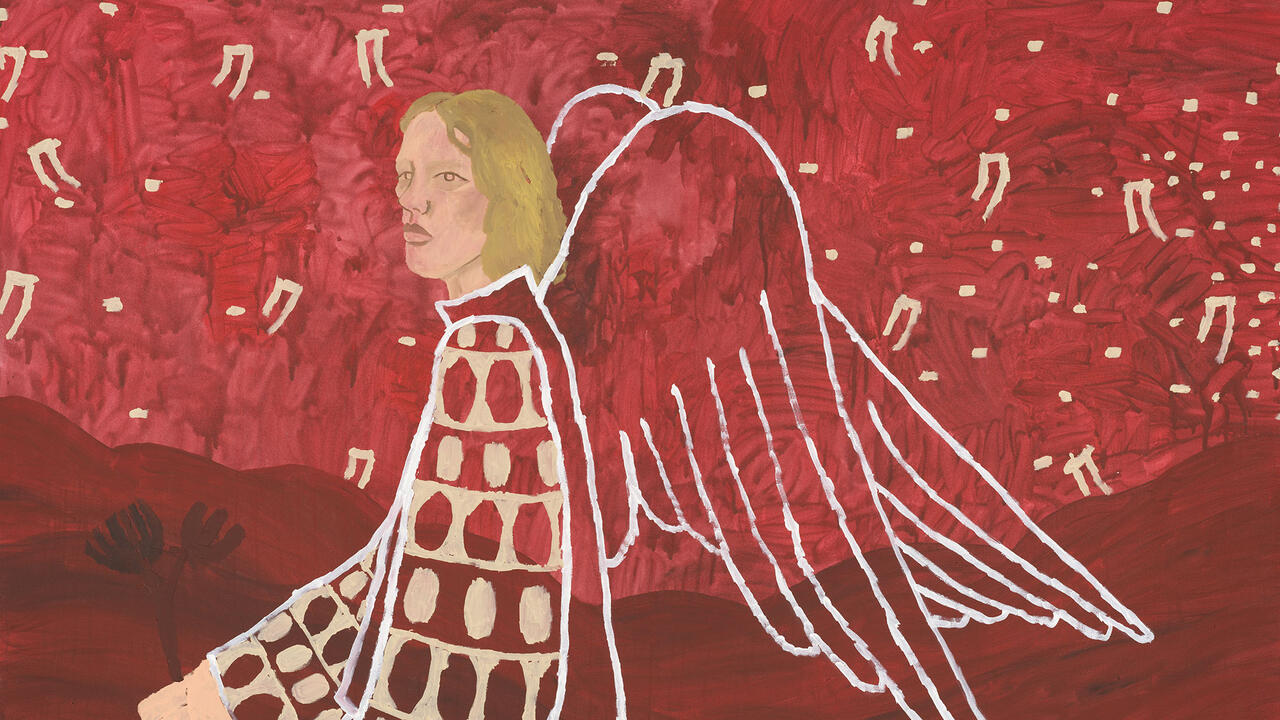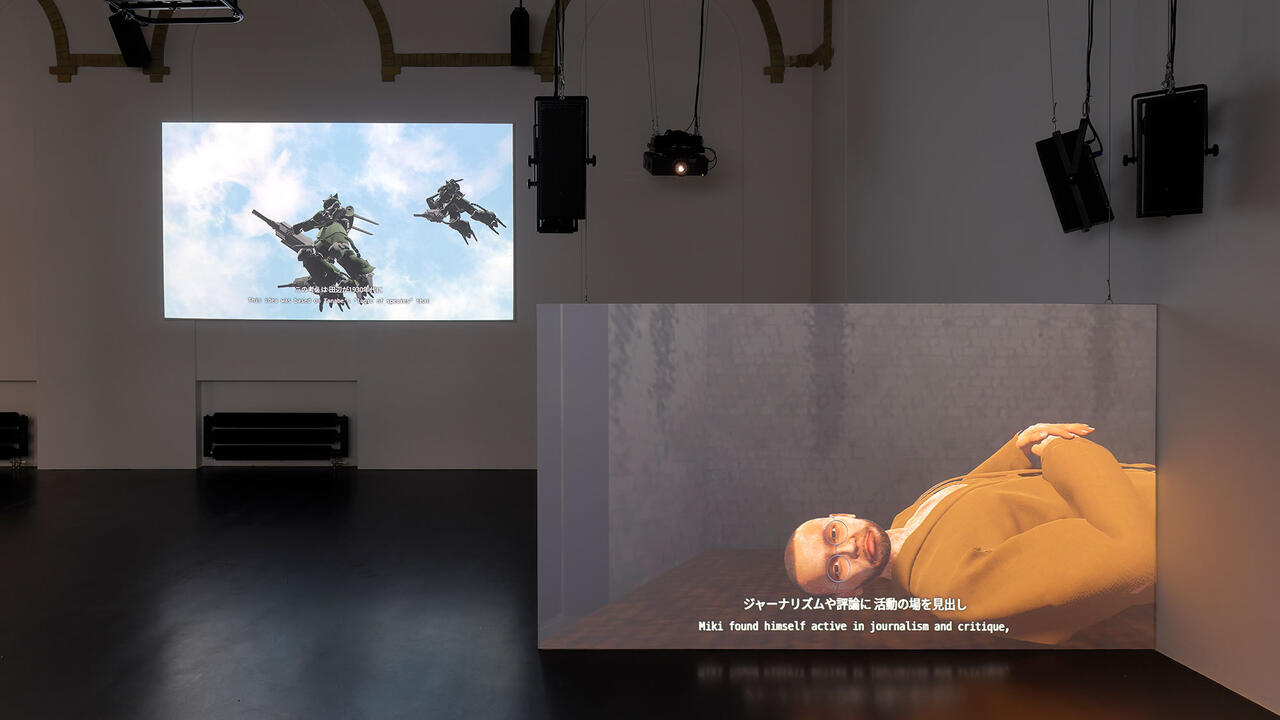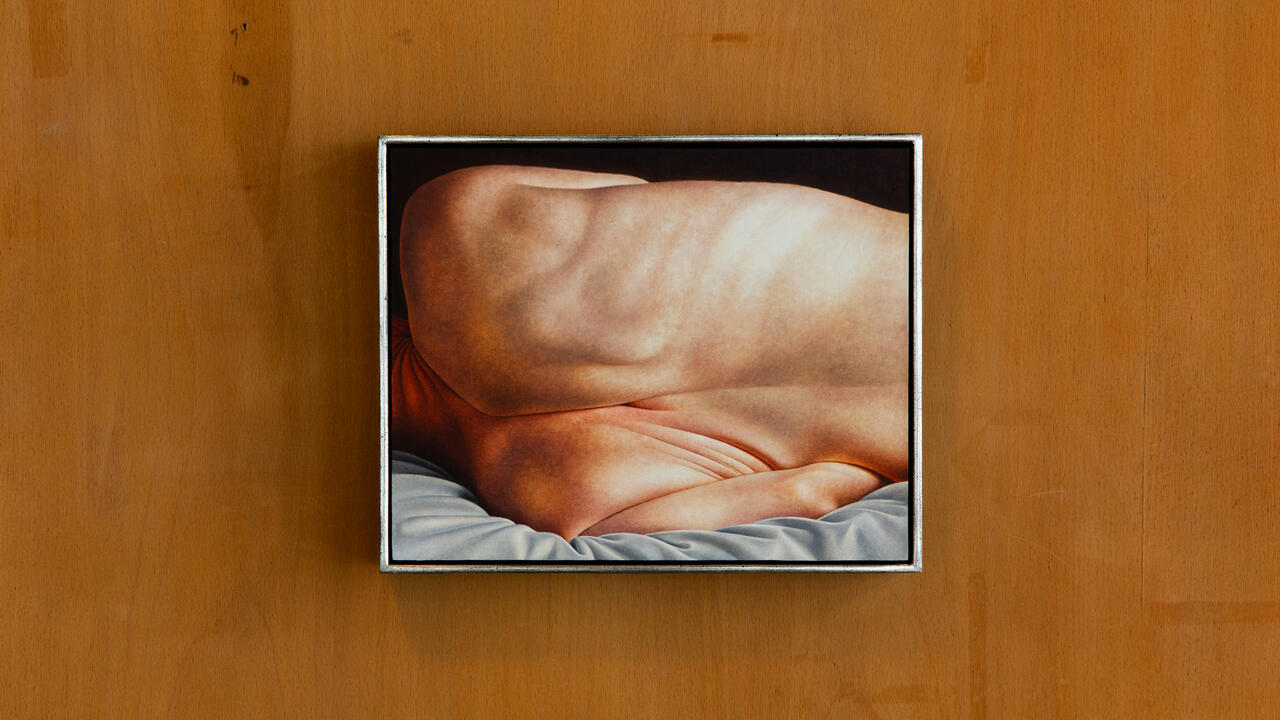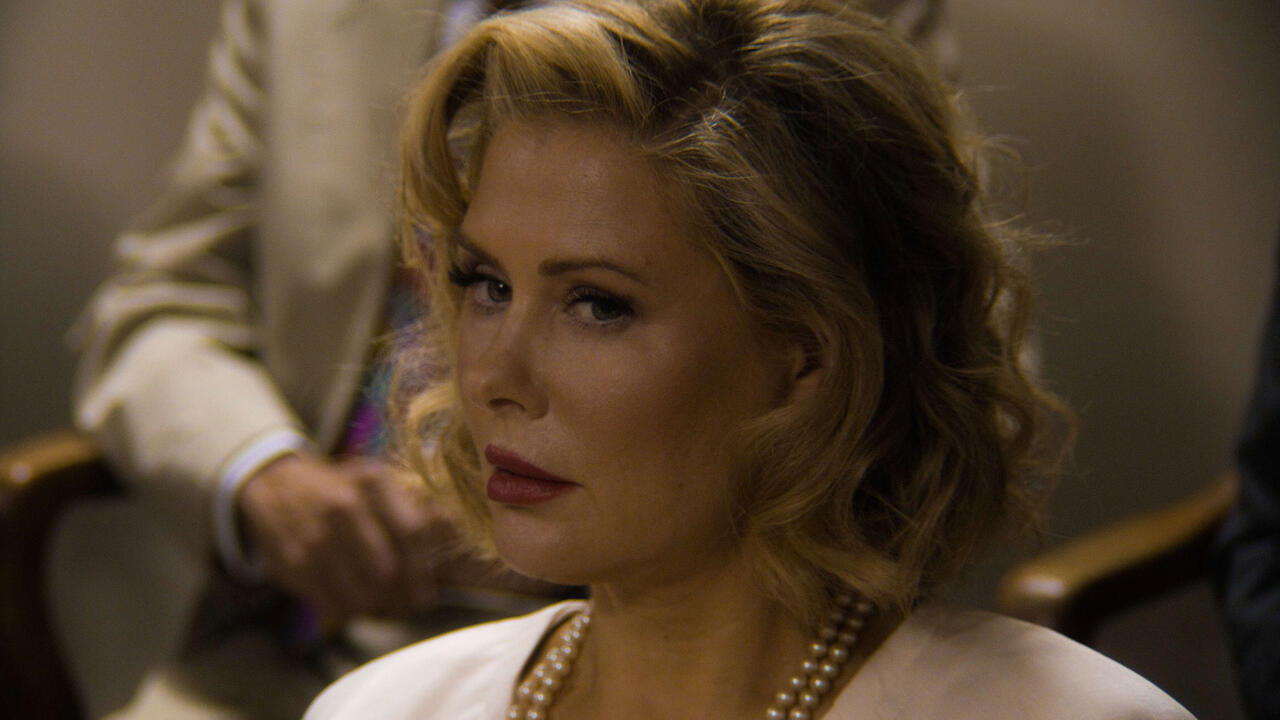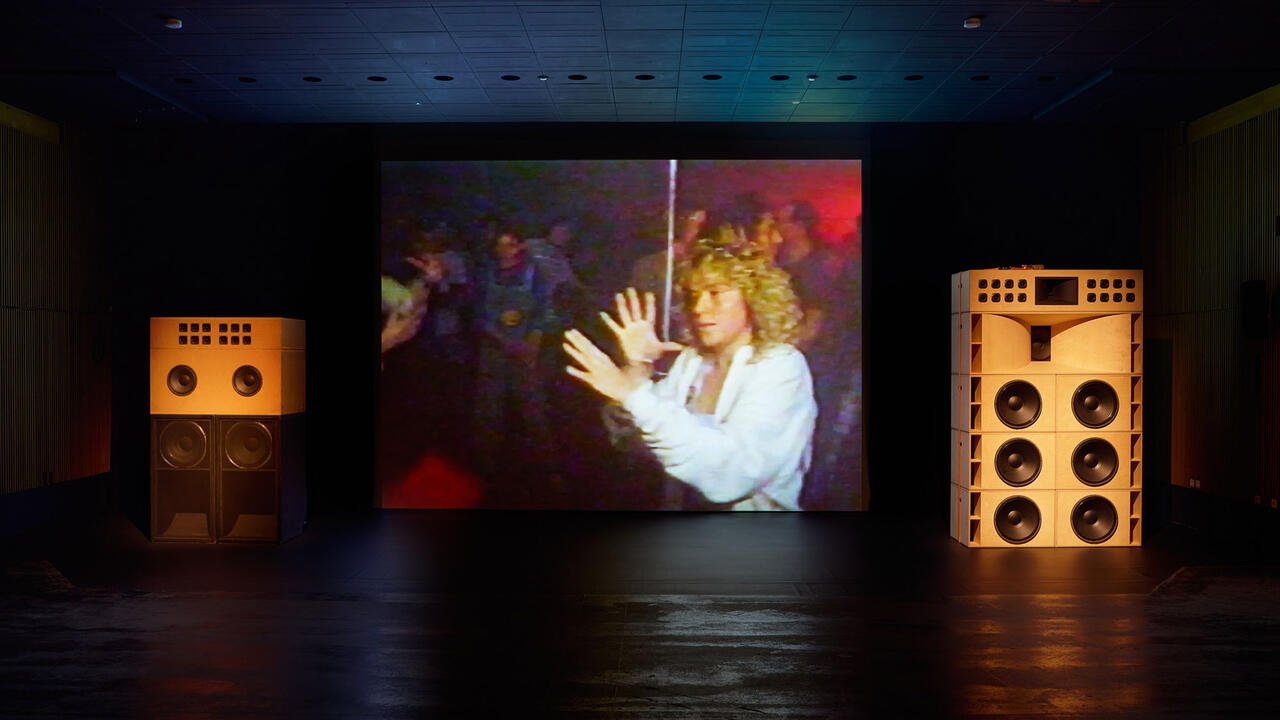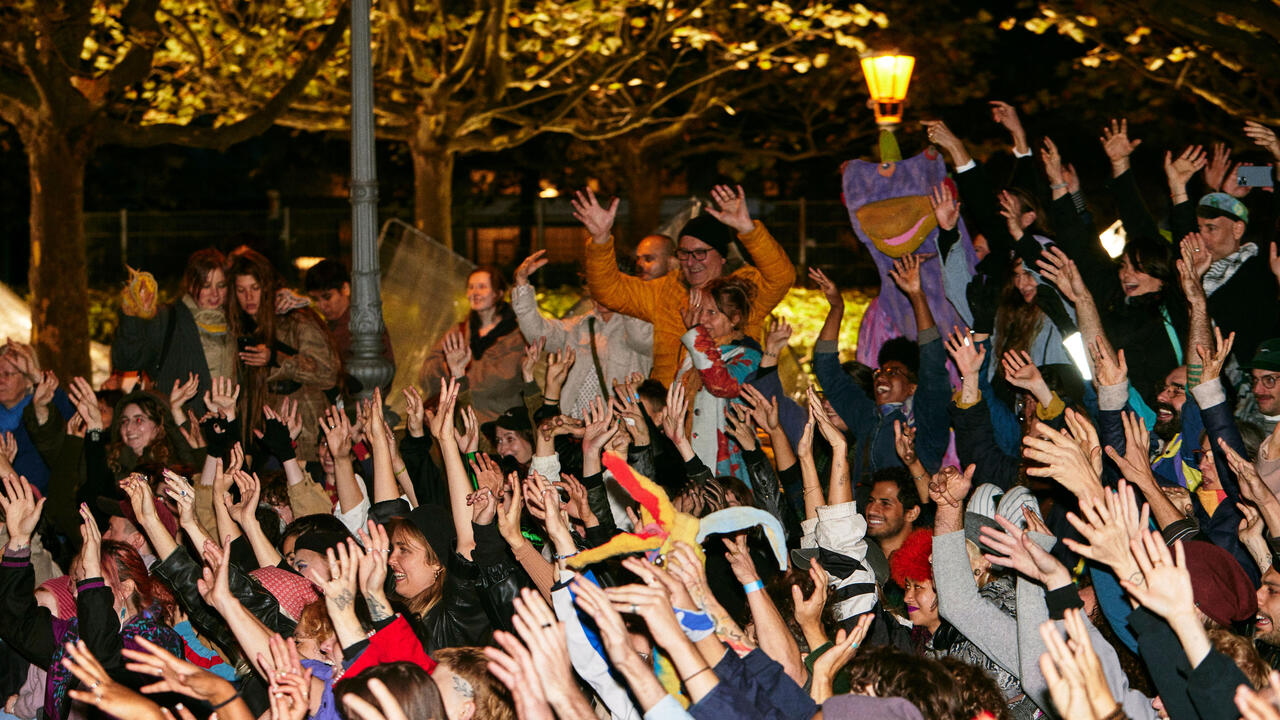Ruth Laskey
Galerie Cinzia Friedlaender, Berlin, Germany
Galerie Cinzia Friedlaender, Berlin, Germany
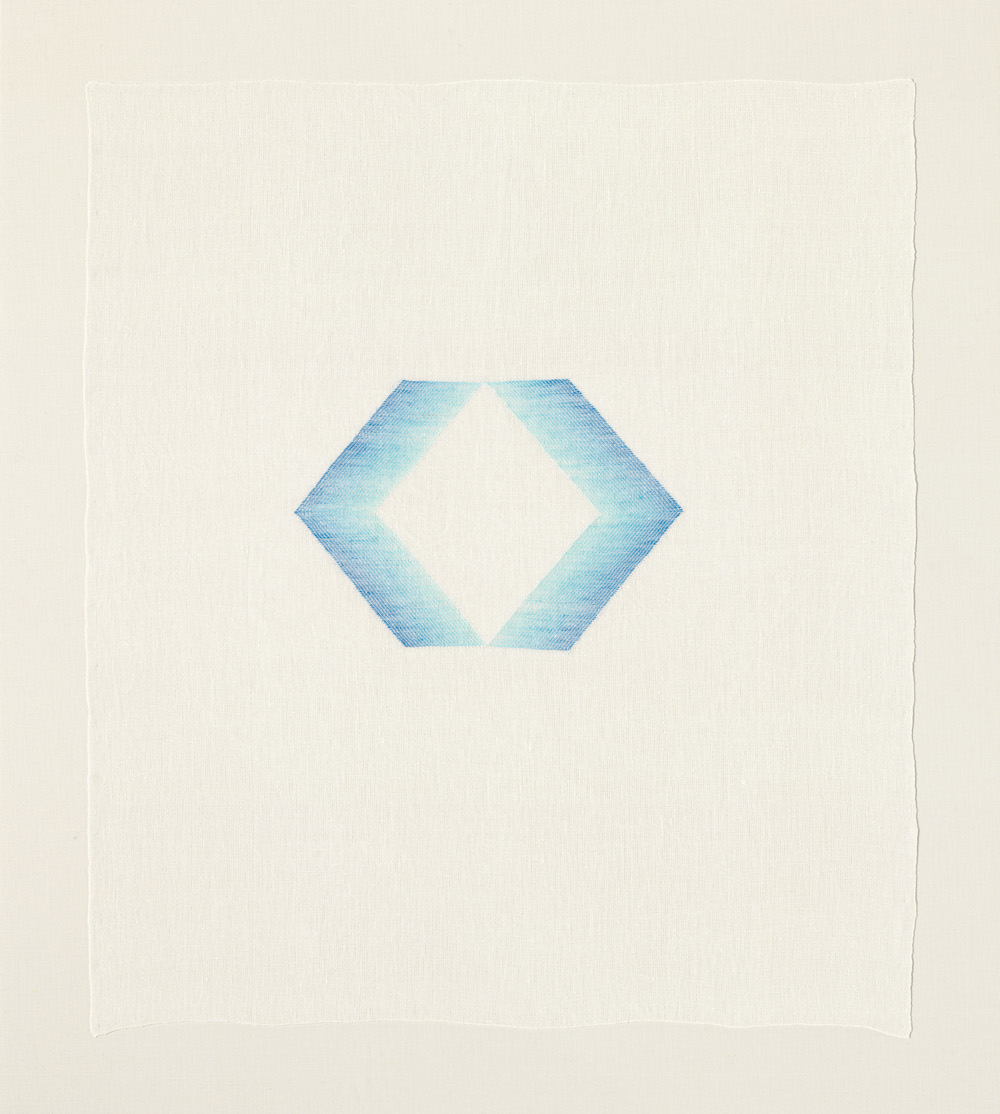
The six colour studies and six small weavings that made up Ruth Laskey’s concise exhibition at Galerie Cinzia Friedlaender looked like a neat fusion of Josef Albers’ experiments with what he called ‘perceptive painting’ and Anni Albers’ weavings from the Bauhaus workshop. The studies (each titled Study for Twill Series) are precise works on graph paper that map out a design for the production of the weavings, using squares filled in with very subtle watercolour fades. In the weavings themselves, all of which belong to the ‘Twill Series’ (2009), lozenges of a single bright colour woven into the structure of the fabric define a central white geometric shape that seems to hover on the surface of the fine white woven linen. Their delicately fading hues give them a spectral lucidity when seen from a distance – an etherealness at odds with the mathematical precision and laboriousness of their production, which becomes obvious when seen close up.
Laskey arrived at this practice of hand-weaving through a growing dissatisfaction with the given materials of painting. She first started making her own paints from scratch, and then started weaving her own canvases on a loom. Eventually she gave up painting on the canvases altogether, and began painting into them instead – that is, she began to paint the individual threads that are woven into the structure of the canvas, calculating to the millimetre the colour fade, and using these threads to weave the image directly into the structure of the canvas. The results are complex both in design and effect: the diagonal twill of the weave structures the surface of the canvas and seems to work in opposition to the fine colour calibration.
In The Originality of the Avant-Garde and other Modernist Myths (1986), Rosalind Krauss calls the grid ‘an image of the woven infrastructure of the canvas’, and discusses the way, through its power, ‘the image of the pictorial surface can be seen to be born out of the organization of pictorial matter’. By going right back to the canvas’ woven infrastructure, Laskey examines this question of pictorial origins in the most literal of terms. But her embrace of the illusionistic qualities of colour, and her tactic of using this obsolete domesticated technique (the pleasingly irregular squares of the weavings look like fine antique linen napkins), removes the works from the realms of avant-garde dilemma, making claims instead for the values of a more intimate practice. In the end, these works have more in common with Tomma Abts’ quietly self-contained, autonomous abstractions than with Modernism’s masters. Though their technique raises the question of feminist practices, their drive towards essentialism has more to do with fellow Californian Robert Irwin’s experiments with light and colour than Rosemarie Trockel’s politics. They are private enquiries and vivid exercises in the fertile conjunction of production and perception.










